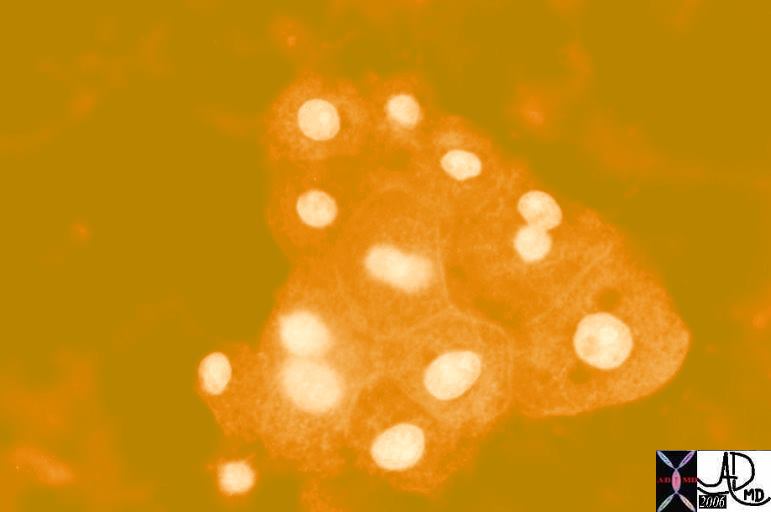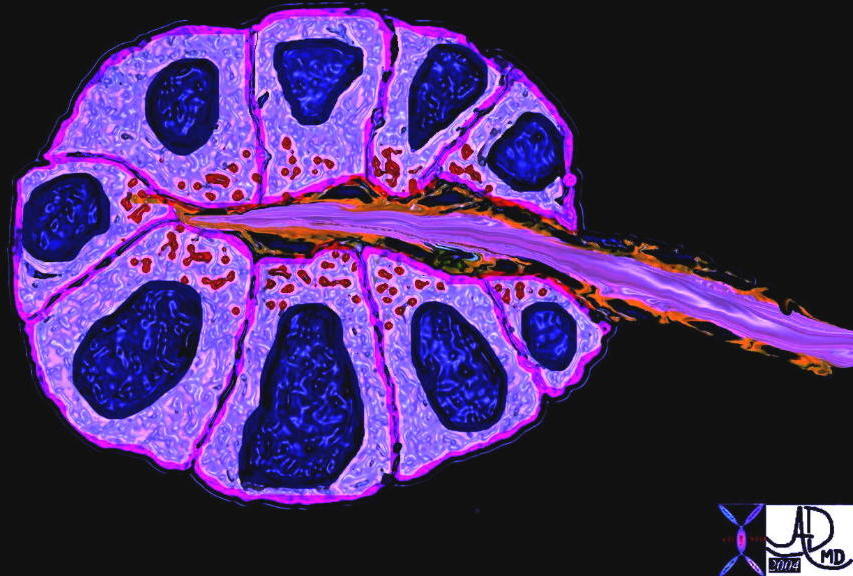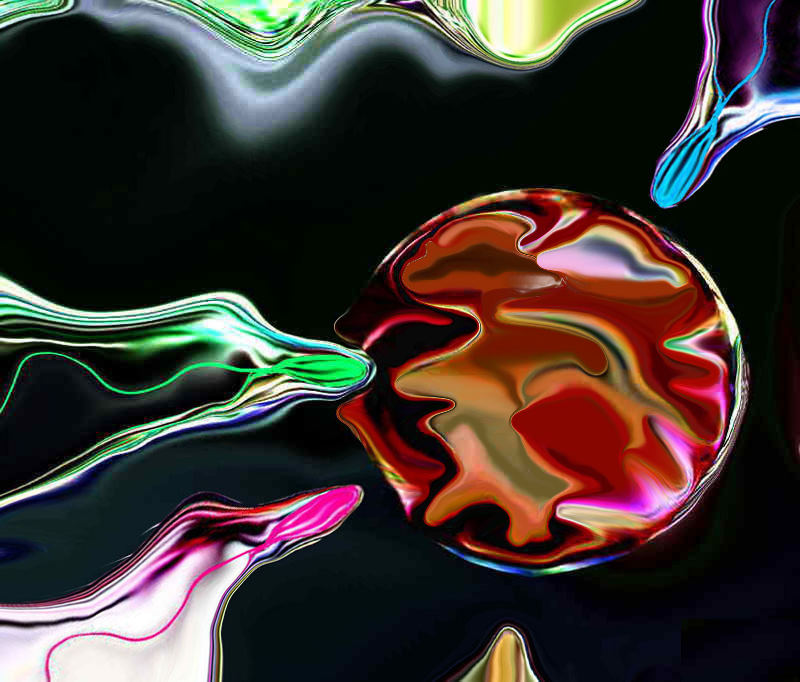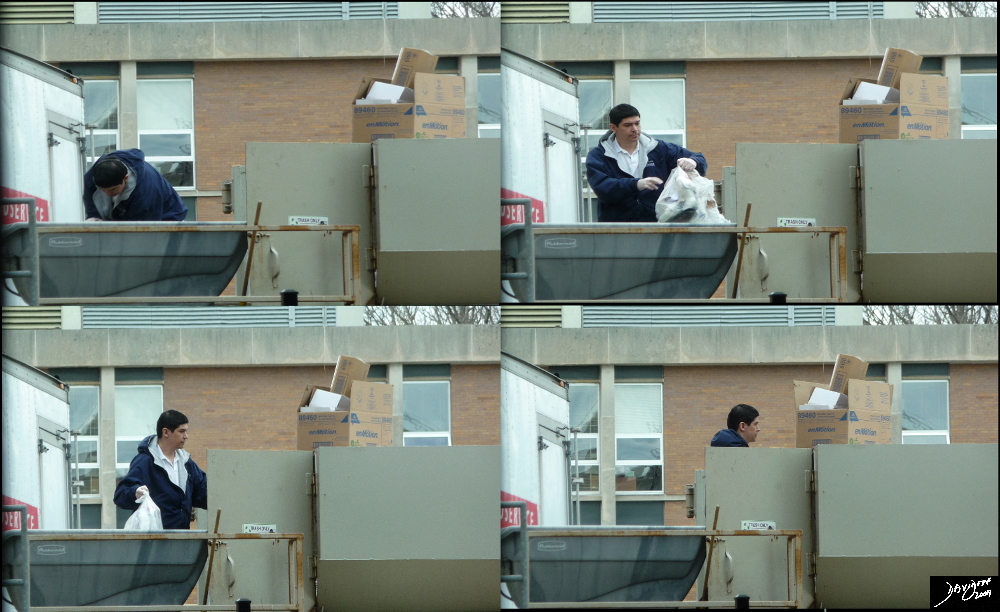Basic Principles
The most basic of principles in biological function requires 3 steps
1 ? Receiving
2 ? Processing
3 ? Exporting

This man is a broom maker in Sturbridge village, Massachusetts. To his right (and our left) you can see the straw ? which is the raw product of his work. The broom maker works at his special trade by producing a broom and the product of his work can be seen to his left. He will only be successful, and hence valuable if he can sell the brooms, and once sold deliver the brooms. This flow of events, including importing, processing and transporting out, are universal principles from the level of the cell all the way up to the nation. The cells and tissues get paid for their work by being given ?room and board? in the home environment. The person and community at large get paid in money so they can survive and thrive in the bigger community.(Image courtesy of Ashley Davidoff M.D.)
65910.8
Each biological unit of a community has a specific function, which will relate to the well being of the larger community in which it lives..
The structural units of the body are all are involved in one or all of the following functions. They include the factories of production, systems that control the production, systems of transport, protection, storage growth and reproduction. All these systems have to be connected with each other so that the functional forces are also able to combine and form more powerful units.

13440b13
Each of the parts that we have described as part of the human makeup will have some or all of these functional elements. The epithelial cells that make up the liver for example have it all. Each cell is a factory, with internal mechanisms and external mechanisms that control the production of its metabolites. It has structures both within the cytoplasm as well as its membrane that allow transport of the metabolites, and its transport mechanisms are linked to the transport systems outside of the cell so that it is able to communicate with the units that are greater than itself that need the products of its work. The cell membrane also offers mechanical protection, and it has mechanisms within the cell that detoxify substances that could be harmful to itself as well as the body at large. The liver cells have both local feedback control within the cell but they are also controlled by hormonal and neural mechanisms that have the bigger picture of the body in view. It is able to store glygogen within the cytoplasm that it can use for production of glucose which is the macromolecule used to produce energy for bodily function. The hepatocyte has a remarkable ability to reproduce itself, since its lifespan is limited. Some cells are not as broad in their talents as the liver cells. The brain cells while having unequalled ability to combine to produce specialised function such as thought emotion and creativity have zero ability to reproduce themselves. Their ability to act as an organ of storage is also limited. In this chapter we paint a broad picture of the principles and then delve into the unique characteristics of the organs and their cells.
The factory side of the body functions using three basic principles. A factory such as the liver cell, or in the bigger picture the liver itself, or going larger the gastrointstinal system, still larger the body and one more level ? the person will function as a production unit by receiving a raw product, processing the product to form a new product that is necessary and valuable for the larger community, and then having the ability to ship or transport the product so that it can be used or removed effectively.

Courtesy Ashley Davidoff MD
39939b05
The transport systems such as the blood vessels, lymphatics, and ducts allow the organs to connect. The nervous system, hormonal system and connective tissue system also help to bring the cells, tissues and organs to come together as a single functional unit. They are the water lines, sewerage pipes, telephones, radiowaves, TV cables, and world wide webs of our body.Universal Principles of Interaction
There is a universal equation that defines the interactions between objects.
Things interact with other things in a given environment at a moment in time resulting in a change. This change may be either good or bad., or lead to more order or more disorder

Courtesy Ashley Davidoff MD Copyright 2018
13275b01i01e12u08.33kb.8

Two Men working side by side. Same process different function The image shows one man loading processed material off a truck onto a cart which will transport the goods to the store, and a second man loading the garbage into the garbage bin. The receive process and export principles is exemplified code receive process export garbage goods Chestnut Hill Boston
Davidoff photography copyright 2018
91030pb01.8

This series shows a man receiving (taking )trash from one bin, transporting it to a second bin and then dumping in a second bin so that the trash can be transported away. function transport waste removal receive process export Davidoff photography Davidoff photography copyright 2018 Copyright 201891045pc.8s
